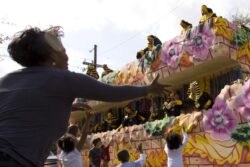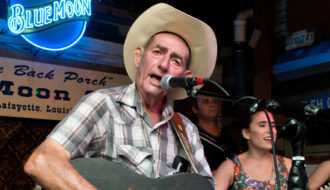
1.8 b. Cajun Music
Louisiana’s Cajun music has been influenced by a rich blend of musical traditions.

Louisiana’s Cajun music has been influenced by a rich blend of musical traditions.

Cajun music is a genre that arose in southwestern Louisiana from the Francophone folk music traditions of the Acadians.
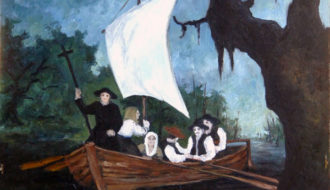
Cajuns are the descendants of Acadian exiles from what are now the maritime provinces of Canada–Nova Scotia, New Brunswick, and Prince Edward Island–who migrated to southern Louisiana.

Acadians, Cajuns, and their history became part of American literature, often represented through romantic myth.
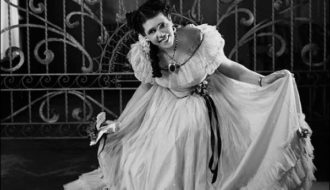
Born in New Orleans on March 30, 1888, composer Camille Nickerson was a highly accomplished musician and scholar.
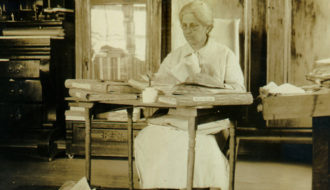
Cammie Henry played a central role in Louisiana's artistic and literary communities, as both a patron of the arts and preservationist.
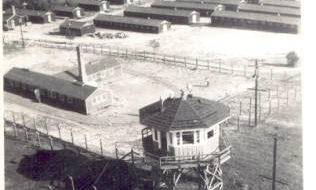
Camp Ruston was one of five large internment facilities established in Louisiana to house captured Axis soldiers transported to the United States during World War II.
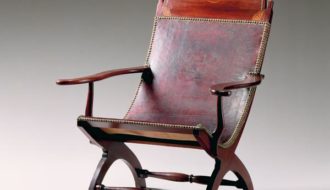
The Campeche chair, a leather or caned sling seat supported by a non-folding cross-frame, was in widespread use in the United States and New Spain in the first half of the nineteenth century.

The music of Creole fiddler Canray Fontenot cuts across a variety of musical genres: Cajun, zydeco, and blues-waltzes, a unique style combining elements of blues and jazz.
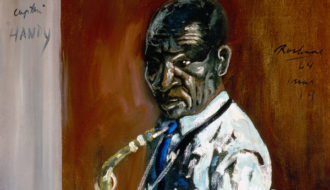
Captain John Handy was an early New Orleans traditional jazz, blues, and rhythm and blues alto saxophone player.
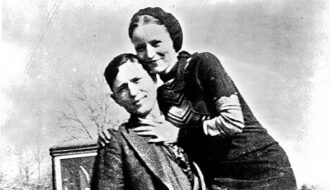
On May 23, 1934, fugitives Clyde Barrow and Bonnie Parker were captured by law enforcement officers in Bienville Parish.
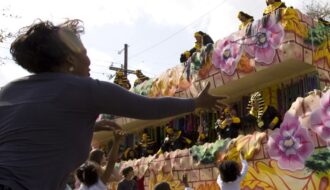
The culture and history of Mardi Gras throws, especially ubiquitous plastic beads, reflect relationships Louisianans have with each other and the spaces they inhabit.
One-Year Subscription (4 issues) : $25.00
Two-Year Subscription (8 issues) : $40.00
